I’ve caught a lot of flack over the years because I cut my papillon, Kitsune’s, fur. Papillons are often referred to as a “wash and wear” breed. Meaning that, generally, papillons do not require a lot of grooming. Although they are a long-haired breed, a bath every now and then, perhaps a sanitary trim, and a good daily brushing are all they commonly need. I like how my papillon looks trimmed, though. And Kitsune is genuinely happier, and more comfortable when his hair is shorter. Every dog, even dogs that are the same breed, are individuals. What’s right for one won’t necessarily be right for another. How does thermal imaging work, and what, exactly, does it have to do with dog grooming?
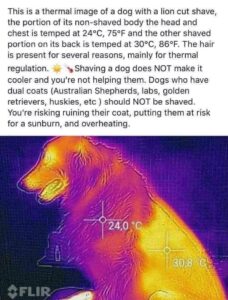
For years now I’ve been seeing a thermal image of (I think) a golden retriever with a lion cut making the rounds on social media. The image is accompanied by text explaining why dogs, especially dogs with double coats, should not be shaved. According to the text accompanying it, the thermal image is showing that the shaved areas of the dog are warmer than the unshaved areas. Sadly I was unable to track down who wrote the original text. They are implying that this temperature difference is due to the dog’s natural fur coat insulating it against hot weather. Unfortunately, I have seen this image used again and again against owners who choose, for whatever reason, to trim or shave their dog’s fur. The problem?
Post Contents:
That’s Not How Thermal Imaging Works!
Thermal cameras work by detecting thermal energy rather than visible light like a regular camera. Thermal energy is not detectable by the human eye, but thermal sensors can detect different levels of thermal energy. In a thermal image, different amounts of thermal energy will be represented by different colors or different shades of colors.
In a thermal image, you are not looking at an accurate representation of how warm the surface of something is. Rather, you are looking at an image that represents how much thermal energy that surface is radiating.
For example, in the infamous photo of the golden retriever, the part of the dog’s body that is covered by longer fur is not necessarily significantly cooler than the rest of the dog. Rather, the long fur is trapping in thermal energy. The thermal camera isn’t able to pick up this trapped thermal energy. That makes it appear like that area of the dog is cooler. In reality, because heat is being trapped against the dog’s body, those spots are more likely to be warmer.
The shaved areas of the dog’s body allows for thermal energy to radiate off and away from the dog. So, although the shaved areas appear to show up as warmer on the thermal image, this is not because the dog’s skin is actually hotter in those areas. It’s because the dog is radiating more heat, more thermal energy, from the shaved areas. There’s nothing in the way to stop the thermal camera from detecting thermal energy near the dogs skin.
Another Example
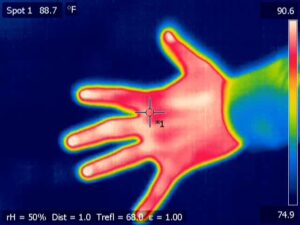
Image Credit: Alex and Jarek Tuszyński Creative Commons Attribution-Share Alike 3.0
I figured it might help if I gave an example of how thermal imaging works outside of the dog grooming world. If you’ve ever seen a thermal image of a person, you’ve probably notice that any uncovered areas of the skin, faces and hands for example, show up “warmer” than areas of the body that are covered by clothing. Why would this be, when our clothing is designed to keep us warm? It’s because it is keeping us warm! Much like dog’s fur, our clothing traps thermal energy against our bodies. But that warmth is hidden, to an extent, from thermal cameras because less of it is radiating out and away from us, where a thermal camera would be able to pick it up.
So, Should You Shave Your Dog?
Well, it depends. But certainly, if you decided not to shave or trim your dog’s fur, it shouldn’t be because of the false information on that social media meme. Because, as crazy as it is, that image actually shows the opposite of the message the original creator was trying to portray. The golden retriever in the image is loosing more heat from the areas that are shaved. Therefor the shaved areas would be cooler than the spots where the fur was left natural.
Every Dog is an Individual!
There are a lot of factors owners should take into account before deciding whether or not to trim their dog’s fur. I personally don’t recommend that owners shave their dog’s down to the skin. At least a little bit of fur is required to protect your dog’s skin from sunburn. But they certainly don’t require their full, long, fluffy coats to prevent sunburn. Other than that, if you decide that trimming your dog’s hair is what’s right for you and your individual dog, then don’t let anyone, especially judgmental people on the internet (extra especially judgmental people who are using false information to try to “prove” their point) change your mind! I’ve been trimming Kit’s fur for his entire life, over 14 years now, without any ill effects.
So that’s what thermal imaging has to do with dog grooming! Comment below. Do you cut or trim your dog’s fur? Has anyone ever tried to use the thermal image argument to convince you that you shouldn’t?
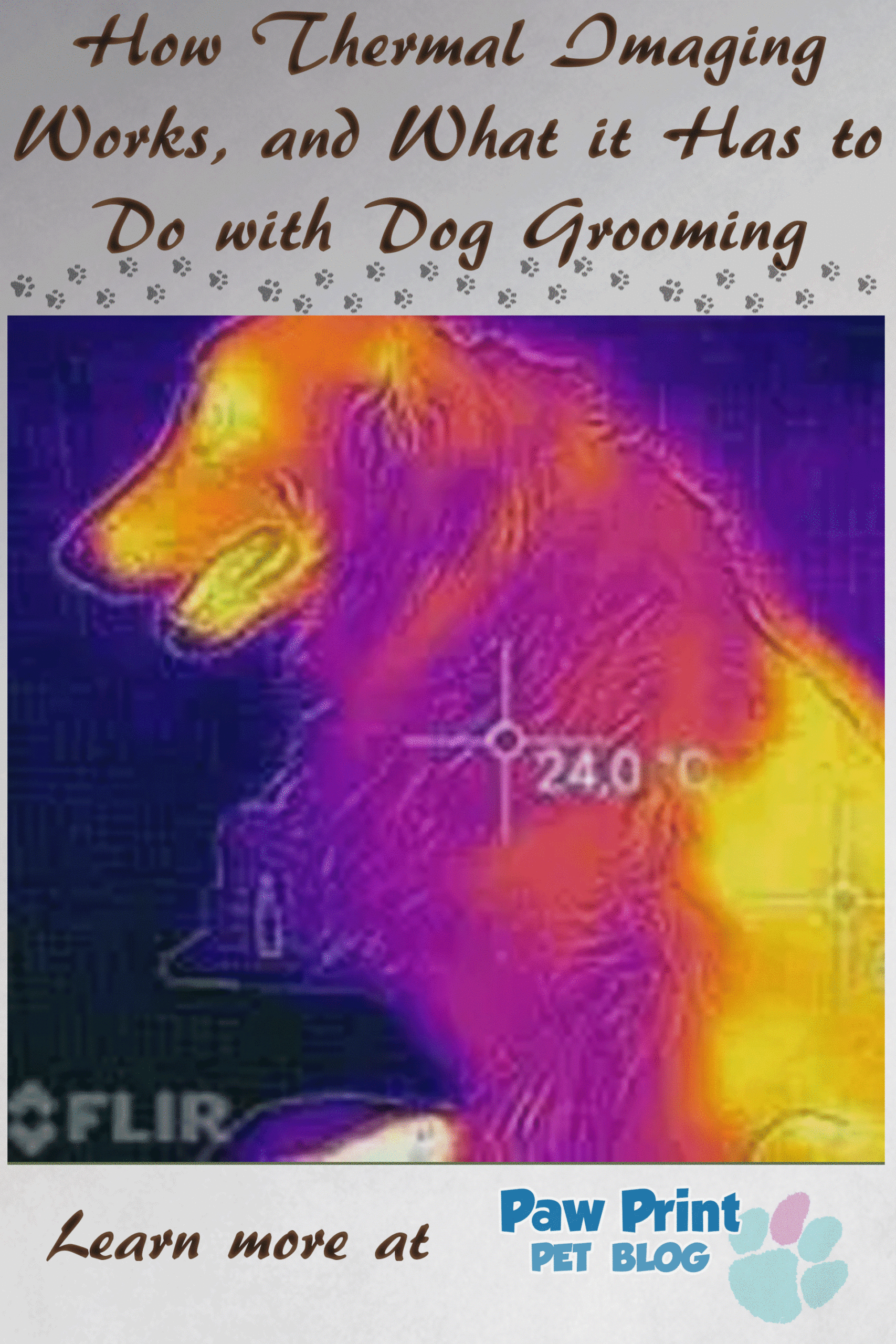
We’ve, unfortunately, been dealing with content scrapers stealing our articles lately. You shouldn’t be seeing this article on any site other than pawprintpetblog.com! If you’re reading this article on any other site, we’d love for you to take the time to contact us and let us know and, if you have the time, stop by and visit us on our official site! Thanks you.

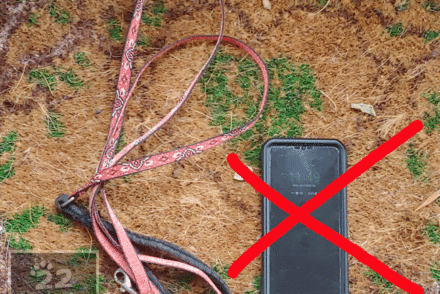
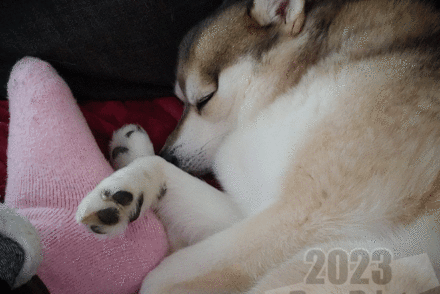
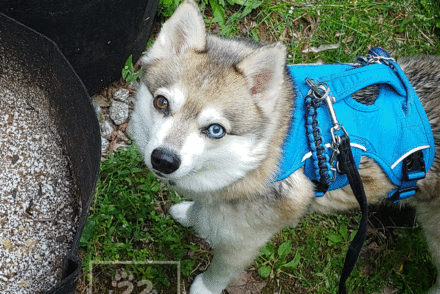

No Comments